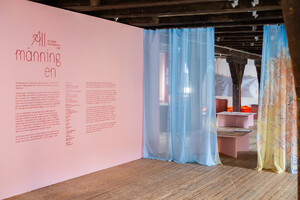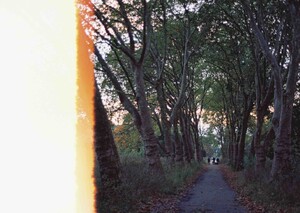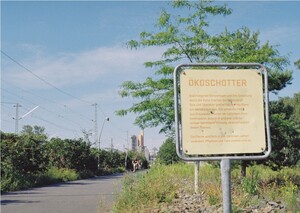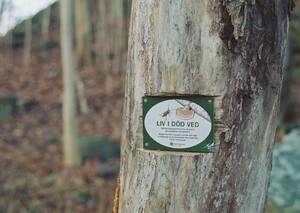Multispecies commons and pathways
In my postdoctoral position at Malmö University, I expand and resituate the themes addressed in my PhD research through the focus on commons and pathways in urban and peri-urban areas of Scania (southern Sweden). Through various strands of enquiry, from tracing the environmental and political ecological history of the region's signature tree (the white willow Salix Alba) to collectively mapping Malmö's disappeared blue commons, I explore how to redefine and narrate socio-ecological spatial justice of the past, in the present, and for potential futures in the urban Anthropocene.
This research has resulted in various anthologies, articles, and book chapters (see Publications), as well as been exhibited as part of the public exhibition Allmänningen (see Audio/Visual).
The research forms part of the FORMAS funded research project Revisiting Allmänningar & Stråk. Spatial Justice in the 21st Century Urban-Rural Land Regime. You can read more about it here.
Wastelands of difference? Urban nature and more-than-human difference in Berlin and Gothenburg
My PhD research examined the relation between notions of ‘living with difference’, ‘unplanned’ urban nature, and official urban planning in Berlin and Gothenburg. Founded on the contention that urban wastelands may engender new versions of public space, it explores what these spaces of socio-ecological entanglements and more-than-human agencies can tell us about our capacity to live with difference in European cityscapes today.
This research resulted in my PhD thesis “Wastelands of difference? Urban nature and more-than-human difference in Berlin and Gothenburg” and various articles and book chapters (see Publications).
Part of the Berlin fieldwork is also exhibited as part of the public exhibition Allmänningen (see Audio/Visual).
The research forms part of the ERC Advanced Grant research project Rethinking Urban Nature. You can read more about it here.
Open planning, closed city
In 2014 I examined the issues of spatial, residential and socio-economical segregation in Göteborg [Gothenburg], Sweden, through the practices of the city’s urban planners and architects. Using practice based research methods (classic ethnographic methods and applied visual anthropology) together with a theoretical entwinement of phenomenological ideas of space and place and the Deluezian and Guattarian notions of power, I spent the late spring and summer of 2014 in the field, following several urban planners in their professional and everyday lives.
This research resulted in my MA thesis “Open planning, closed city” and an audio-visual installation of the same name (see “Anthropological framings through sound and image” in Audio/Visual).









